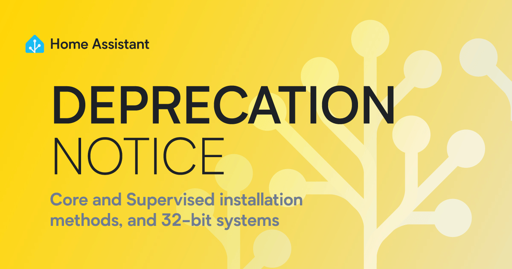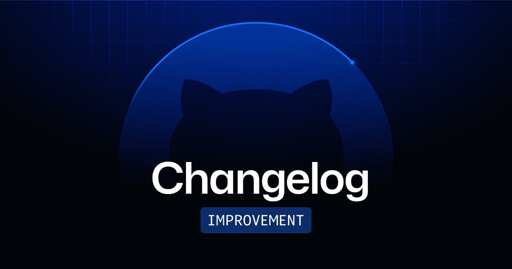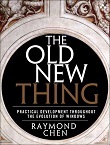

I really want to like Nix. The idea of declaratively defining my entire system sounds great. I can manage it with Git and even have multiple machines all look the same. I can define my partititioning once and magically get a btrfs disk working. Wow!
But I find the language confusing no matter how many times people say it’s easy. I have a lot of experience with other programming languages so maybe it just doesn’t mesh. It also gives terrible error messages that are hard for me to understand. And Nixpkgs is unpredictable for what version I’m going to get. One of the services I installed ended up being a release candidate version which was a surprise. What if I don’t want the latest version of Docker? How do I pin it? Do I have to duplicate part of Nixpkgs? It just feels like a monorepo where everybody has to be on the same versions. Why on earth do the Nix language docs start by introducing math expressions instead of here is a simple self contained thing that installs one program. Here’s how you configure it. Here’s how you expand. Why does the dependency graph seem to pull in so many unnecessary dependencies? For example, I tried to build a minimal Docker image (which Nix looks to be a very good fit for), but I couldn’t figure out how to strip out dependencies that likely were only used during build for a dependency.
I still like the idea and have managed to get my server defined entirely with NixOS which is very cool, but I can’t recommend this to my tech friends because if I’m confused they will be more so.

























After I read this, I thought it would be really cool to try to make this myself. But then I realized I’m barely able to get a simple circuit working much less one that involves complex RF signalling.